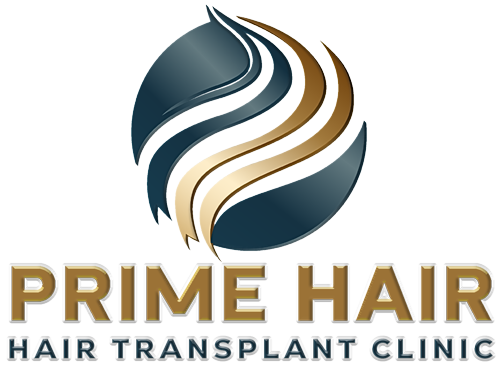Hair restoration today is a different story than it was fifty years ago – gone are the days of hair plugs! Technology and medical advancements have come a long way; Prescription medication has yielded compelling results, many preventative serums have been developed, most of them accompanied by inconclusive results. Surgical hair restoration is the most effective solution to hair loss, and it’s not only possible, but it’s also permanent! Let’s learn more about the different types of procedures.
Follicular Unit Transplantation (FUT)
Follicular Unit Transplantation is also known as strip harvesting. Hair is taken from the back and sides of the head where hair will usually grow forever and then transplanted into the recipient site at the front and top of the head. The process involves microscopic dissection and insertion of hair grafts. The patient doesn’t feel pain due to the administration of local anesthetic. The transplanted hair will continue to grow in the recipient area for a lifetime!
Follicular Unit Extraction (FUE)
Follicular Unit Extraction involves the individual harvesting of follicular units from the back of the head. Qualified hair transplant surgeons will use a hand-held motorized punch in order to deliver less trauma to the follicles. The tiny circular scars resulting from this hair transplant are subtle, but because some hairs must be taken from outside the safe donor area, continual growth of the hair is not definite.
Non-Surgical Hair Restoration
Surgical hair restoration is the most effective and a very common form of hair restoration. However, there are some non-surgical methods that can produce desirable and reliable results.
Platelet-rich plasma is the injection of a patient’s own concentrated blood into the scalp as a means of stimulating hair growth. Medical professionals are also researching the benefits of PRP in wound healing and boosting the production of collagen in the face and other areas.
Scalp micropigmentation is not technically a form of hair restoration. Rather, it is a specialized form of tattooing that creates the illusion of hair follicles. SMP can help add density to thinning hair, cover scars, or provide a clean-shaven look to individuals with advanced hair loss.
Finasteride is a prescription medication that is supported by robust science over the last couple of decades. It acts on the hormone responsible for hair loss and will not only help prevent further balding but will actually regrow hair in a majority of patients. It is considered safe. However it should not be taken by pregnant women, and though rare, sexual side effects may be experienced.
Prime Hair Clinic offers services to help you get back on track. Our world-class surgical techniques set us apart and our honest, caring, and experienced staff can help you look and feel your best. For all hair restoration services including PRP therapy, scalp micropigmentation, surgical hair transplants as well as medical aesthetic procedures such as Botox and dermaplaning, trust Prime Hair Clinic. Contact us by phone at (403) 259-6798 or by email at info@primehair.ca.

Our variety of services are customized to each individual. Decades of experience has allowed us to perfect our techniques, priding ourselves on effective and lasting results. We take the time to get to know your needs and stay on track with your goals. Contact us today and experience the Prime Hair difference
Office Hours
Clinic Hours
Monday – Thursday: 9am to 4pm
Friday – Sunday: CLOSED
For appointments outside business hours, please contact for more information.
Quick Contacts
- Phone : 403-255-6547
- 1011 Glenmore Trail SW #220, Calgary, AB T2V 4R6
Visit Us
Contact Us Today
In-person or Online Consultations Available
Our variety of services are customized to each individual. Decades of experience has allowed us to perfect our techniques, priding ourselves on effective and lasting results. We take the time to get to know your needs and stay on track with your goals. Contact us today and experience the Prime Hair difference
Office Hours
Monday – Thursday: 9am to 4pm
Friday – Sunday: CLOSED
Some appointments may be booked outside office hours, please contact us for more
information.
Quick Contacts
- Phone : 403-259-6798
- FAX : 403-255-6547
- 110, 37 Quarry Park Blvd SE Calgary, AB T2C 5H9


Leave a Reply